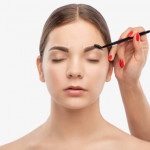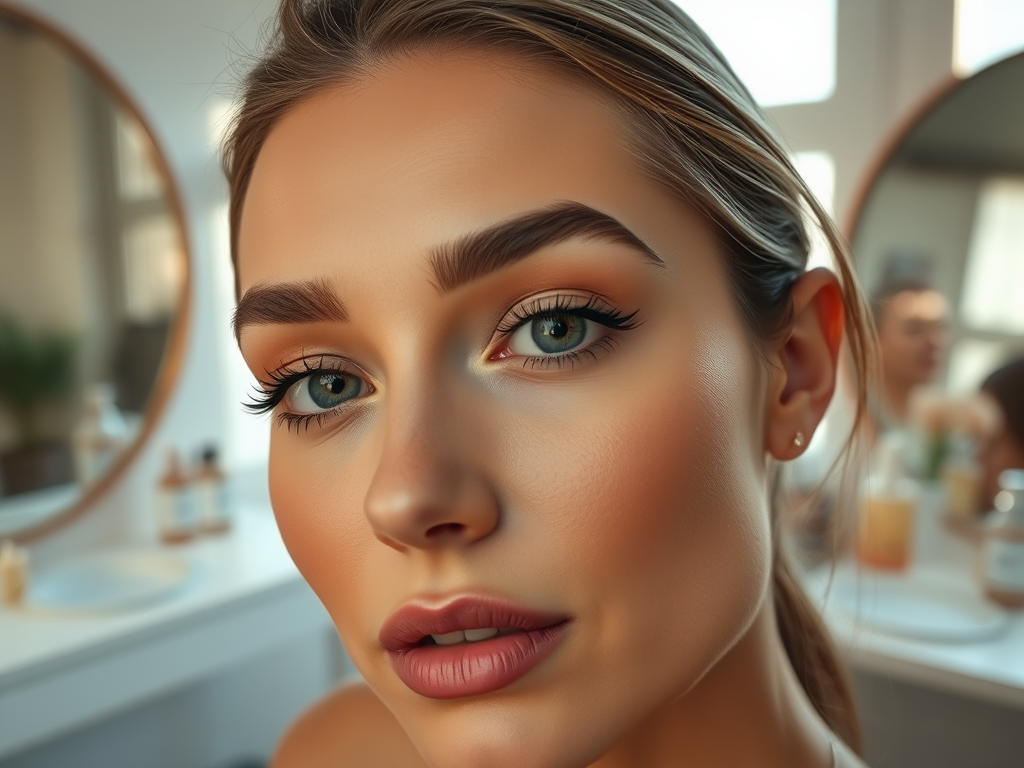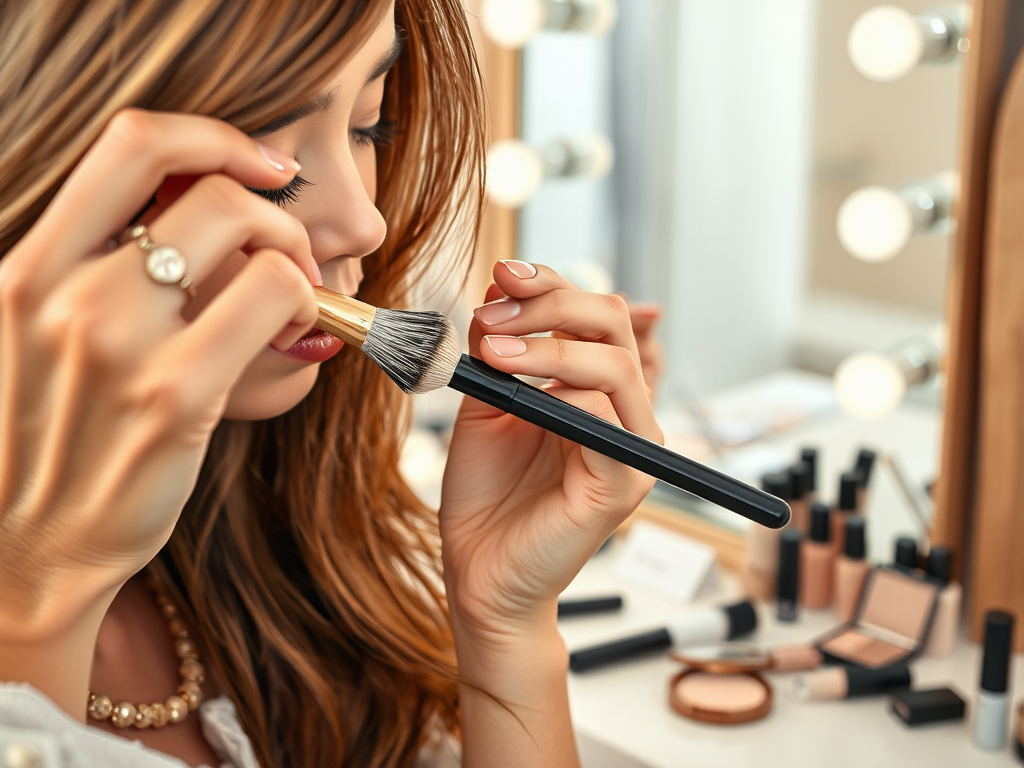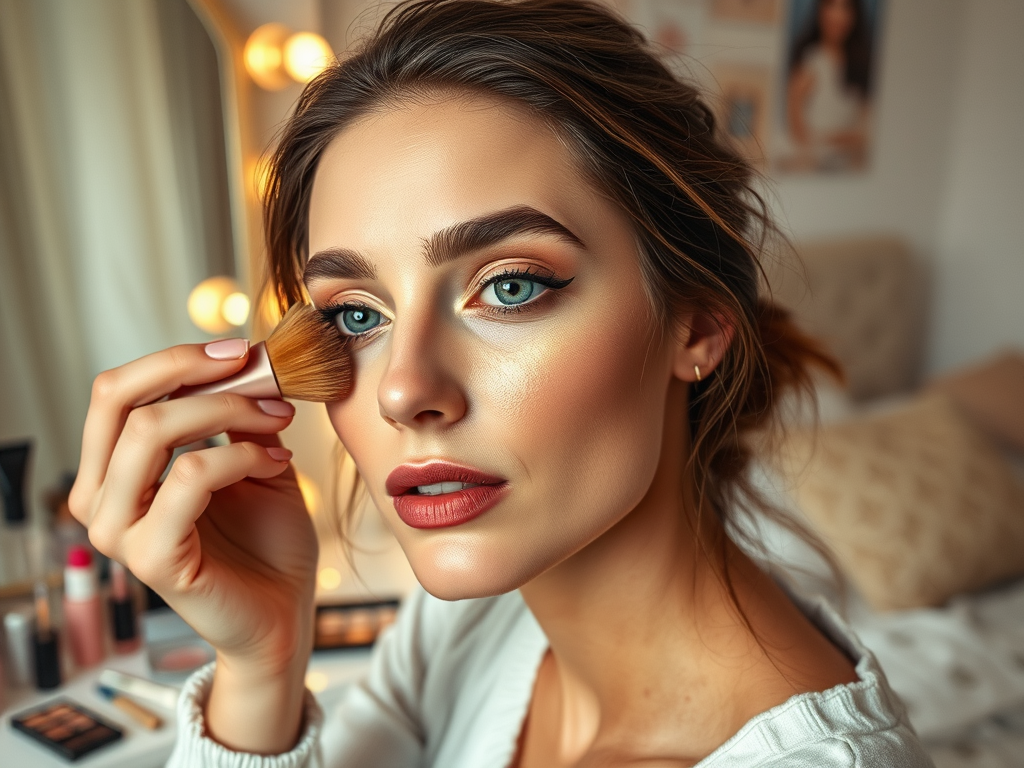Hair rollers have made a massive comeback, and among them, foam rollers are getting the spotlight thanks to their gentle approach to creating waves without causing heating damage. This article is about maneuvering through the tangles of options and techniques to achieve that perfect wave using soft foam rollers. Compared to hot rollers or Velcro curlers, foam rollers are comfortable, heat-free alternatives for creating anything from tight curls to loose, beachy waves. We’ll delve into the varieties of foam rollers, preparations, and the actual process to ensure that you could also enjoy luscious waves without stressing your strands.
Types of Foam Hair Rollers
Understanding the various sizes and shapes of foam rollers is crucial as they determine the kind of curl or wave you will achieve. Small rollers are generally used for tight curls, while larger sections call for bigger rollers if you’re aiming for a more relaxed, wavy look. The soft foam structure of these rollers means there’s no undue stress on the hair, unlike the potential heat damage from hot rollers or the pulling that could happen with Velcro rollers.
- Small Rollers for Tight Curls With smaller sections of hair, small foam rollers can give you a more pronounced, bouncy curl. They are perfect for creating definition and volume, especially if you desire a more retro-style wave to your hair.
- Medium Rollers for Classic Waves Most commonly used, medium rollers are the go-to choice for classic waves. They are versatile enough to produce a wide range of styles, from soft Hollywood waves to more structured curls.
- Large Rollers for Loose Waves For those seeking a looser, beachy vibe, large foam rollers are your best bet. Wrap larger sections around these rollers to create waves that flow gently and give your hair a natural, soft appearance.
When it comes to material and density, not all foam rollers are created equal. Some may be denser, which can affect how long they take to set, or more porous, which can influence how well they hold moisture from wet sets.

Preparing Your Hair for Rollers
Before you start rolling, it’s essential to prepare your hair to ensure the best possible results. Clean, damp hair is ideal, as the moisture helps in setting the curls without the damaging effects of heat. Depending on your hair type, you could also use a spray bottle to dampen your hair if you’re not starting with freshly washed hair. This step is all about getting your hair into the right condition to hold the curls.
Using the right hair products can make a difference, too. A light mousse or setting lotion can add the extra hold needed, especially for hair that doesn’t curl easily. However, be mindful not to oversaturate your hair as it could lead to longer drying times or even inhibit the curl from forming properly.
Sectioning your hair into uniform parts ensures consistent waves all around. Divide your hair into one section at a time and choose the size of the foam roller based on the desired wave. Below is a simple table to guide you in sectioning:
| Hair Sectioning | Roller Size | Expected Result |
|---|---|---|
| Smaller sections | Small | Tight Curls |
| Medium sections | Medium | Classic Waves |
| Larger sections | Large | Loose Waves |
The Step-by-Step Guide to Using Foam Hair Rollers
Placing the rollers correctly is the most important part of the process. Always start from the ends of a section and roll towards the scalp. With every twist, ensure the hair is taut around the roller, but not so tight that it causes tension at the roots. This will reduce the risk of breakage and discomfort, especially if you plan to leave them in for an extended period or even sleep with them in.
For securing the rollers, most foam rollers come with plastic clips or snap-on closures. Make sure they’re firmly in place but not digging into the scalp, which could be painful and potentially leave kinks in your waves. An often-overlooked tip is to twist one section in alternating directions—this can give a more natural, voluminous look once you take the rollers out.
Waiting time can vary. Generally, the longer you leave the rollers in, the more defined your waves will be. Thin, fine hair may only need a few hours to set, while thicker, coarse hair might do better with an overnight set. Wet sets involve letting your hair dry completely while rolled, which can take significantly longer but also typically results in more pronounced curls.
In today’s fast-paced world, staying still and waiting for hair to set isn’t always feasible. Experiment with shorter waiting times if you’re in a rush—just know that your waves could also be more relaxed and less defined.

Removing the Rollers and Styling Your Waves
Patience is your best friend when removing foam rollers to avoid frizz and tangles. Gently unwind each roller from your hair rather than pulling them out. This minimizes breakage and keeps your newly created waves intact. Start from the bottom layers and work your way to the top, carefully releasing each curl. The waves at this point may look very tight, but they will loosen up to a more natural wave after styling.
Once all the rollers are out, resist the urge to brush your hair. Instead, use your fingers to lightly break up the curls and coax them into waves. This method, sometimes referred to as finger-combing, maintains the curl’s integrity while giving you control over the final look. Your waves should cascade in a natural, fluid pattern when done correctly.
For a lasting effect, apply a light mist of hair spray or a spritz of sea salt spray. These can provide hold and texture without a crunchy finish. If your roots look a little flat after the roller set, use a pick or wide-tooth comb to gently lift them. Remember that less is more when it comes to handling your waves after removal to maintain their bounce and shape.
Tips and Tricks for Perfect Waves with Foam Rollers
- Common Mistakes and How to Avoid Them
- Rolling the hair too tightly can lead to creases. Make sure to roll gently.
- Securing the rollers too loosely can make them unravel, so ensure they’re snug but not tight.
- Forgetting to section your hair properly can result in uneven waves, so take the time to section thoroughly.
- Maintaining Your Waves Throughout the Day
- Use a silk scarf or bonnet to protect your waves if you’re going to lie down or nap.
- A touch-up spray or portable curl reviver can help freshen up your waves when you’re on the go.
- Avoid heavy-handed touching or brushing, as this can lead to frizz and wave disruption.
Practice these techniques regularly, and soon you’ll be creating waves that rival those of a professional stylist—without the added stress on your hair from harsh heat styling tools.

Conclusion
Using foam rollers for waves is an art that combines the right preparation, technique, and finishing touches. By understanding the different types of rollers, preparing your hair correctly, and following the steps detailed above, you’ll grow more confident in creating stunning, heat-free waves. Remember, practice makes perfect, and patience is essential. With time, you will develop a personal routine that works best for your hair type. Don’t hesitate to experiment and share your beautiful, bouncy waves with the world!
FAQ Section
Q1: Can I use foam rollers on dry hair?
A1: Foam rollers are usually used on damp hair, but they can be used on dry hair for a softer wave or a quick refresh. Just be aware that the results may not be as long-lasting as those achieved on damp hair.
Q2: How do I sleep comfortably with foam rollers in my hair?
A2: Choose soft foam rollers and spread them out evenly across your head to minimize discomfort. A soft, satin pillowcase can also help reduce friction and make sleeping easier.
Q3: How long does it take for hair to dry wrapped in foam rollers?
A3: Drying time varies based on hair thickness, length, and room temperature. Generally, it can take several hours up to overnight. Using a hairdryer on a low, cool setting can speed up the process if needed.
Q4: Can foam rollers work on short hair?
A4: Yes, foam rollers can work on short hair. You’ll want to use smaller rollers and smaller sections of hair to ensure that the rollers stay in place and create the desired effect.
Q5: How can I avoid getting dents or creases from the foam rollers?
A5: To avoid dents or creases, make sure the ends of your hair are smoothly wrapped around the rollers, and avoid securing the clips or fasteners too tightly. Also, ensure that the rollers are removed gently and carefully to maintain the shape of your waves.






